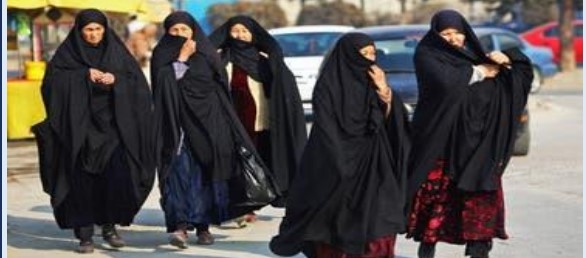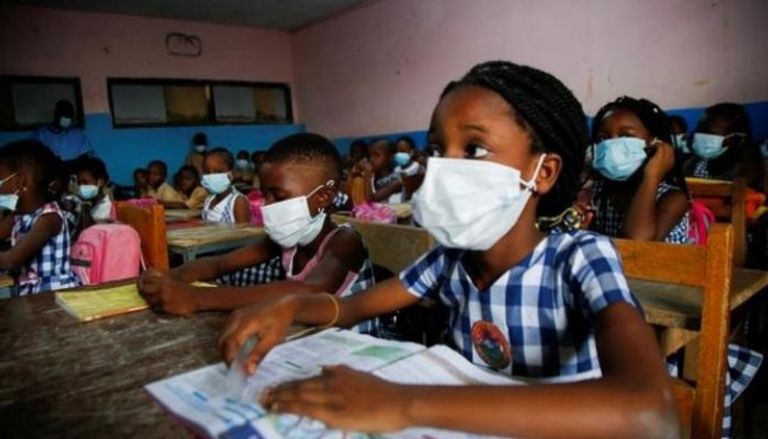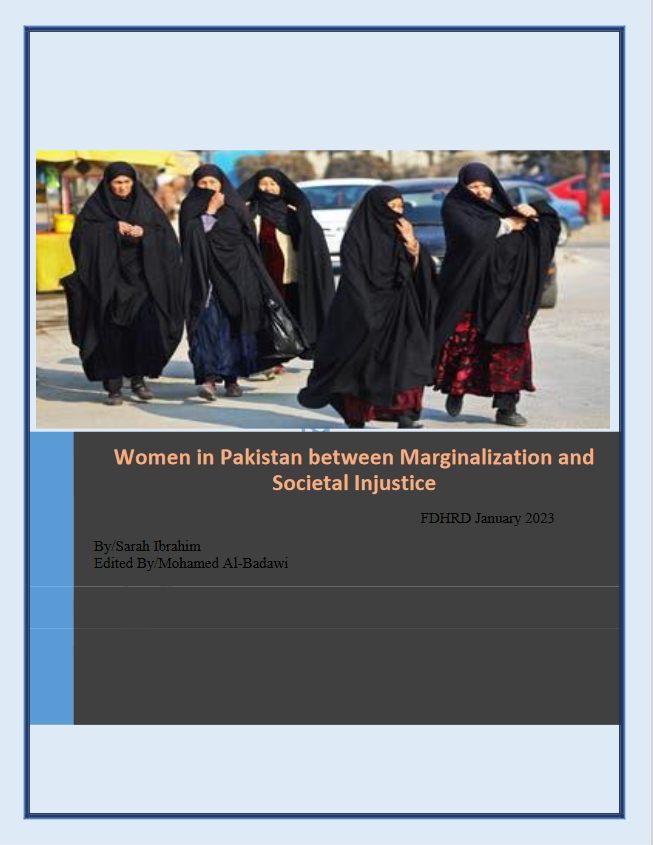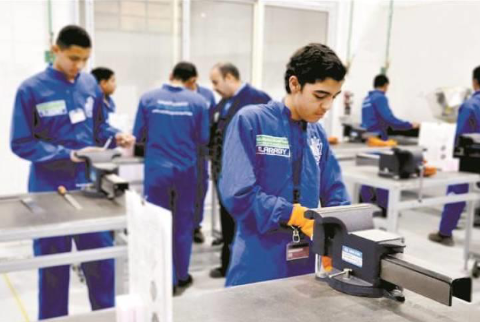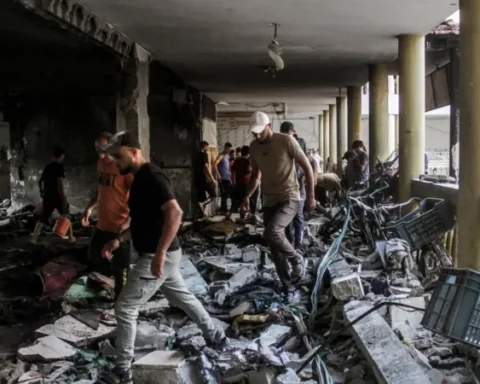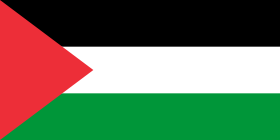Press Release
……………………………………………….
Today, Monday, January 30, 2023, the Forum for Development and Human Rights Dialogue (FDHRD) issues its report, Women in Pakistan between Marginalization and Societal Injustice. It deals with women’s rights in Pakistan through several axes, represented in the following: Women’s rights in international covenants – Social practices and Pakistani culture – Examples of crimes against Pakistani women – Education of Pakistani women – Pakistani women’s right to work and the reasons behind their low participation rate – Pakistani women’s health – Rural versus civilization – Impact of climate change on Pakistani women – Empowering women in Pakistan – International calls for improving the status of women in Pakistan – Recommendations
The report indicated that there is still a long way to go for full equality of rights and opportunities to be achieved between men and women in Pakistan. Pakistan is the fifth most populous country in the world, with a population of approximately 227 million people, 49.2% of which are female. However, the problem of gender inequality remains a major concern. According to the Global Gender Gap Index 2022, out of 156 countries, Pakistan ranks 145th in terms of economic participation and opportunities, 135th in educational attainment, and 143rd in health and survival, and 95th for political empowerment. Moreover, it ranks 130th out of 139 countries, according to the Global Justice Project’s Rule of Law Index.
The crisis of gender-based violence in Pakistan also deprives millions of women of legal protection, leaving them fearful for their rights and livelihoods. According to the Women, Peace and Security Index, Pakistan ranks 167th out of 170 countries in terms of women’s health and well-being.
The report also indicated that 3.3% of girls get married under the age of 15, while 18.3% of married girls are under the age of 18. This is much higher than that of boys under the age of 18, which is estimated at about 4.7% of boys across the country who got married. Child marriage is significantly higher in the tribal areas, as 35% of all child marriages in the country occurs there.
Pakistan ranks second in terms of the illiteracy rate in South Asia after Afghanistan, 150th among 188 countries around the world, and the rate of literacy among Pakistani males is 68%, compared to 45% for females. Similarly, there is a large gap between urban and rural areas in terms of literacy rates, with literacy rates of 74% and 46%, respectively.
The female labour force participation rate in Pakistan is only 20%, one of the lowest in South Asia and globally.
The level of women’s health in Pakistan is among the lowest in the world and compares unfavourably to the level of women’s health in neighbouring South Asian countries.
The report concluded with the following recommendations:
- Put literacy eradication on the top of the state’s priorities, establishing a program that provides newly-literate citizens with continuous learning opportunities to achieve positive results.
- Punish all those who practice violence against women in accordance with laws and legislation, and compensate women who have been subjected to violence for the damages they have suffered.
- Pay attention to the education sector in order to modify social and cultural behaviours and get rid of wrong practices against women.
- Focus on reducing aggression between students, with schools providing students with the arts of dealing and building relationships based on respect between the sexes.
- Raise awareness among individuals about the dangers of customs and traditions that have harmful effects on women’s lives, and about the poor conditions that women face in rural areas, as well as educating society about the realities of the widespread phenomenon of violence against women.
- Educate the community about the negative aspects of early and forced marriage.
- Cooperate with international organizations to support countries’ efforts to eradicate this violence.
- Empower women to prepare for disasters, providing alternative means of earning a living to face climate crises, and enacting deterrent penalties to enforce the respect and protection of women and girls.
- Set a development plan where women’s education and healthcare are the primary focus.
- Present and introduce women-centred development strategies by state institutions and international aid organizations, advocating the economic empowerment of women at the local leadership level.
- Educate parents about the benefits of education, conducting an educational campaign at the government level to encourage parents to think about educating their children, especially girls, because of the financial and social benefits that come to society.
- Build more primary and secondary schools for girls, as the lack of them is one of the prominent problems of female education in Pakistan.
- Promote moral values in society.
- Ensure rich career opportunities for females.
- Strengthen the health system to better meet the needs of Pakistani women.
- Expand community family planning services, and train and support health service providers, especially in rural areas.
- Encourage women’s participation in the labour force through providing specific facilities they need, such as transportation by the employer, separate toilets for women, and childcare facilities.
For his part, Saeed Abdel Hafez, the founder of the FDHRD, stressed that violence against women constitutes a barrier to achieving equality, development and peace, as well as fulfilling women’s human rights. The Sustainable Development Goals cannot be achieved without ending violence against women and girls. There must be solutions and ways to get rid of the social violence that individuals and groups are exposed to in the world
For her part, Sarah Ibrahim, a researcher at the FDHRD, said that despite the existence of many laws in Pakistan, there are still different types of violence that women in Pakistan are exposed to.

